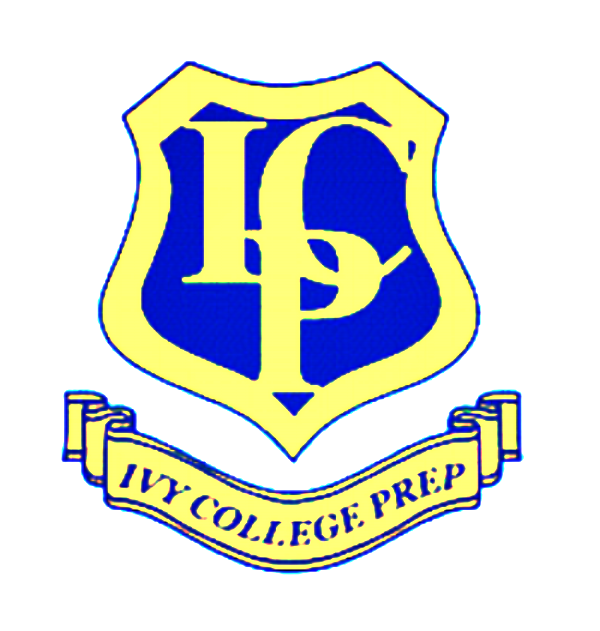There are a number of paths for studying engineering. If you’re resolved to be an engineer then state engineering schools (Purdue, Virginia Tech, or Colorado School of Mines) are solid choices. If you’re a cerebral genius who solves Rubric cubes blindfolded in less than 15 seconds then MIT, Princeton, Columbia’s Fu School of Engineering, Carnegie Mellon, or Harvey Mudd should be in your scope. Even if you’re one of those rare birds who is torn between becoming the next great novelist while solving the mystery of Saturn’s rings, there are liberal arts colleges with very solid engineering programs (Lehigh University, Bucknell, Lafayette, or Swarthmore). There are even boutique engineering schools to accommodate the most discerning students: Franklin Olin School of Engineering, Cooper Union, and the Webb Institute (Naval Architectural Engineering), all tuition free, come to mind.
Conquering College Essay Procrastination
There are students who go through the grueling months of SAT preparation, take full loads of AP classes, and pull together summers of impressive extracurricular activities. However, when it comes to the actual task of writing college application essays, these seeming stars fade away, avoiding writing their essays until the last possible moment. This is very unwise. Procrastination can have a deadly impact on one’s candidacy. If you’re a borderline candidate (and who isn’t at Stanford, Harvard, or Princeton?) your essays can be the ultimate deciding factor. They’re one of the few things you can actually control, but only if you’re willing to devote the necessary time and effort to perfect them and breathe life into them.
Becoming a Recruited Scholar Athlete
Top Small Liberal Arts Schools: Haverford and Pomona College
Highly successful students, prior to matriculation, have concrete undergraduate goals. Research experience, whether in the humanities, social sciences, or the hard sciences, mentored by a respected faculty member is one. If such research leads to publication, that’s even better. Building solid communication skills, particularly writing skills, is another. Effectively presenting written proposals is critical to propelling any career. Moreover, developing a rapport with at least two professors is critical for either graduate school or the real world of the job market. Successful undergraduate careers attain these goals to some degree or another.
The British University Option
Two years ago a friend’s daughter was accepted into St. Andrews University in Scotland. Her academic credentials, intellectual curiosity, and insatiable work ethic helped her gain admittance; had she stayed in the United States, she probably would have entered a highly selective school. Yet, with such a range of options, she chose St. Andrews, which was founded in 1413, almost 600 years ago, predating Harvard by over 200 years.
Besides St. Andrews, which now uses the Common Application, Cambridge, Oxford, and the London School of Economics beckon international students. Regardless, over a quarter of St. Andrew’s undergraduates are from outside Britain. Its admissions selectivity is comparable to Cornell or Emory. Beyond the outstanding academics, the tuition (even in the face of the recent tuition increases by the British Government) is annually $30,000. This is a fairly good value for the dollar.
The Relevance of Same-Sex Colleges
While many female applicants when considering an all-female college are mildly unenthusiastic, for male applicants all-male colleges are almost extinct. The only secular male-only colleges are Wabash College (Indiana), Deep Springs College (which is a 2-year, tuition free, educational experience like nothing else on earth), Morehouse College (a traditionally all black male institution), and Hampden-Sydney College in Virginia. For females, on the other hand, there are a number of colleges to select among, though this number has dwindled down from 200 in 1980 to 58 today. Among the all-female schools still standing, many have some of the most beautiful campuses on the continent: Smith, Wellesley, Mount Holyoke, and Bryn Mawr.
Majors and Salaries: the Economic Value of a Major
A new study about the earning power of recent undergraduates was just published by Georgetown University’s Center on Education and the Workforce: “What’s it Worth? The Economic Value of College Majors”. The study can be found complete at: http://www9.georgetown.edu/grad/gppi/hpi/cew/pdfs/whatsitworth-complete.pdf.
Intellectual Curiosity and College
The Application Evaluation Process: A General Overview
During the 2010-2011 admissions cycle, over 1.8 million Common Applications were submitted to its 414 member colleges. With this coming application season, the Common Application will have 461 members including such new schools as USC, University of North Carolina, Chapel Hill, and now St. Andrews of Scotland, the alma mater of Prince William and Kate. With such vast numbers of applications firing out across cyberspace, or through the mail, one has to admire the abilities of admissions offices to carefully evaluate all the applications flooding their offices.
The Science of Teaching Science: It’s the Method not the Teacher that Matters
If you were to discover a method to almost double the learning from the same amount of time spent in class and on homework, chances are you’d want to use this method across all your studies. Research just published in the Science journal by Louis Deslauriers and Carl Wieman, a Nobel Prize winning physicist at the University of British Columbia (UBC), showed that a method called “deliberate practice” produced dramatic results.











